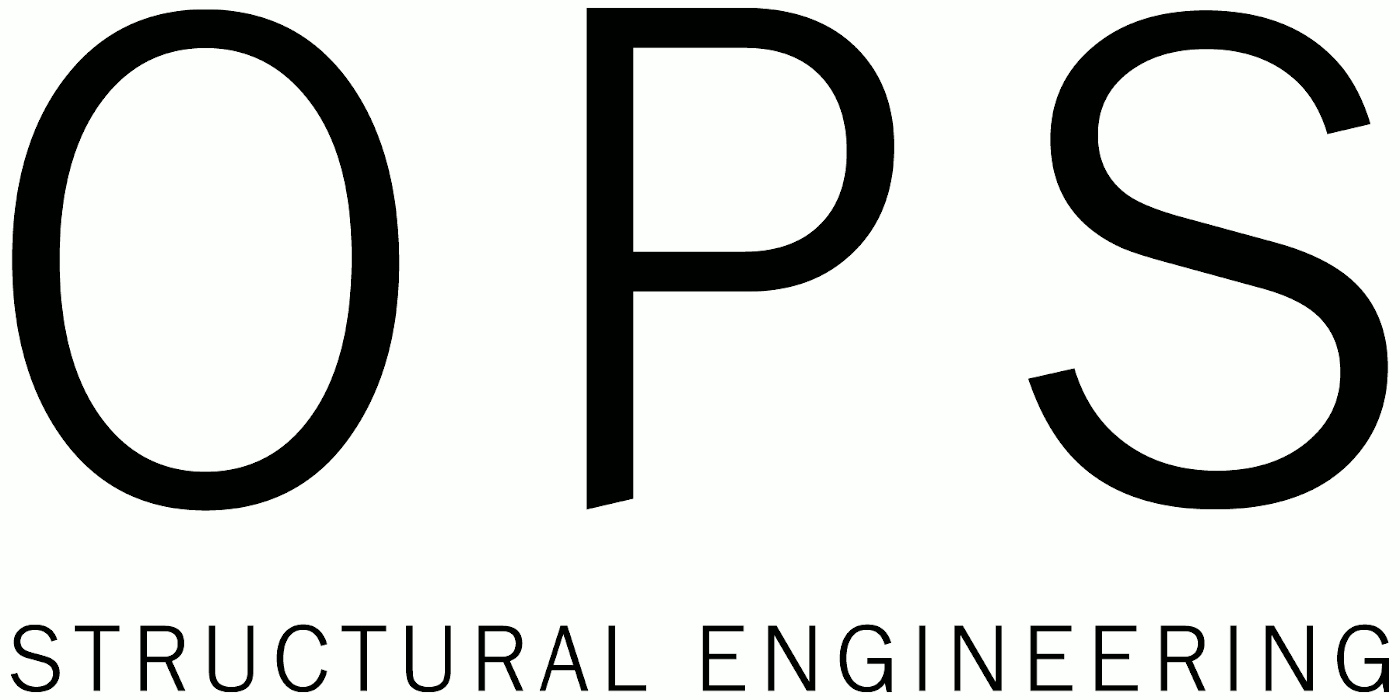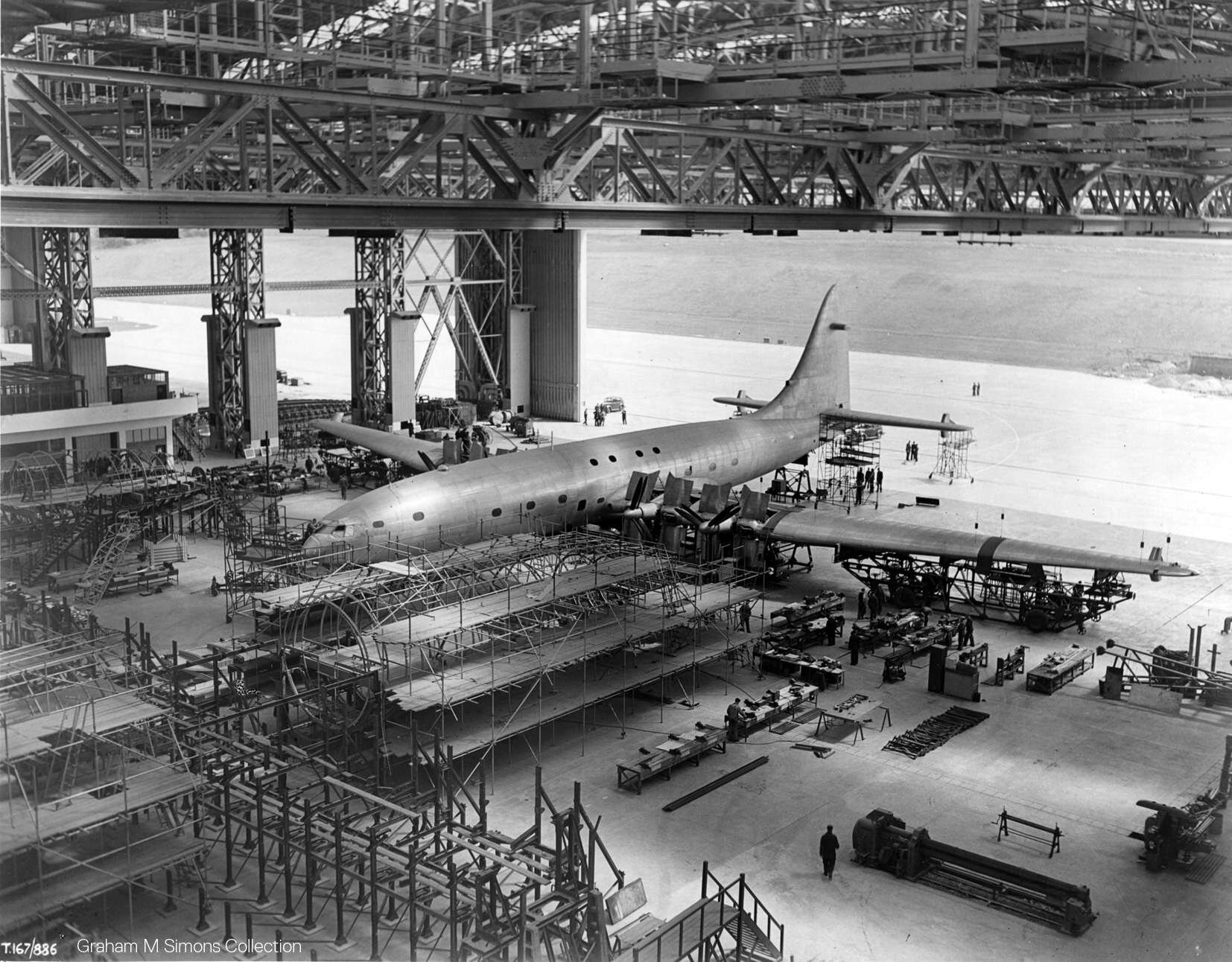Our manifesto for sustainable structural engineering
Our sustainability manifesto is a set of five points central to our approach to design. We, like the industry as a whole, have a long way to go, but we aim to get closer to the optimum with every project we take on.
Using what we already have
The Brabazon Hangers, site of the future YTL Arena. OPS have incorporated much of the original steel into our design.
No construction project ever begins with a blank slate. The first question we ask as we get involved in a project is “what’s already there?”. Material re-use allows us to embrace heritage and tell stories with our structures, making use of strong and elegant yet carbon intensive materials in a way that results in minimal new emissions, and saving the client money at the same time.
Our ongoing structural design for the YTL Arena in Bristol retains the historic steelwork within the Brabazon Hangers, giving new life to a disused marvel of British engineering and saving thousands of tonnes of CO2.
Challenging the norm & pursuing knowledge
The ACORN reusable thin shell floor. OPS are proud to be partners on this interdisciplinary project.
Construction is an industry which has traditionally been (perhaps understandably) risk averse, and fond of the status quo. This cannot continue if we are to meet the vital target of limiting global warming to 1.5°C. We have a duty to support and get involved with research that pushes the field of sustainable structural engineering forward, and makes sustainable practice more accessible and cost-effective for the industry.
Since our inception, we have devoted time to major research projects with our partners at leading universities and architecture practices , some of which can be read about below.
Choosing the right material
OPS’s Glulam and CLT based competition scheme for a cable car station in Prague.
The roots of OPS can be found in the High Tech Architecture of Norman Foster, Richard Rogers and Nicholas Grimshaw. These designs were characterised by pushing materials such as steel and concrete to the limits of what engineers understood of them at the time. We believe in a return to this way of thinking, with a focus on utilising natural, low carbon materials to their full potential.
Even in cases where the brief cannot be achieved without steel or concrete, this same mentality should be applied to specifying products at the forefront of innovation, with the lowest possible embodied carbon.
Setting ambitious targets
It is our belief that holistic design and collaboration between disciplines from an early stage is key to sustainable construction. As designers, we must devise and interpret briefs that meet the clients requirements in the least carbon intensive fashion. In many cases this will involve minimal intervention, in some cases this will be to build nothing new at all. Engineers must seize these opportunities.
Close collaboration with clients is a key part of the OPS approach. Working with our client and design team at the Innovation Village @ The RAU in Cirencester, we have set our most ambitious sustainability targets yet.
SCORS, a proposed carbon budgeting and rating framework adopted by OPS in early discussions with clients.
Understanding our carbon impact
The impact of construction on climate is inherently quantifiable. Every kilogram of material we specify as engineers is associated with a measurable weight of equivalent CO2 released into the atmosphere. Tracking the embodied carbon associated with our projects as fully as possible is vital to sustainable design, allowing us to set ambitious targets and analyze current and past projects for areas with potential.
Carbon counting throughout the design process helps us to communicate the sustainability of options. It also helps us to build a knowledge base project-to-project from and improve our specialist designs (i.e. stadia).
An example of a carbon-based option study for an OPS canopy structure.





